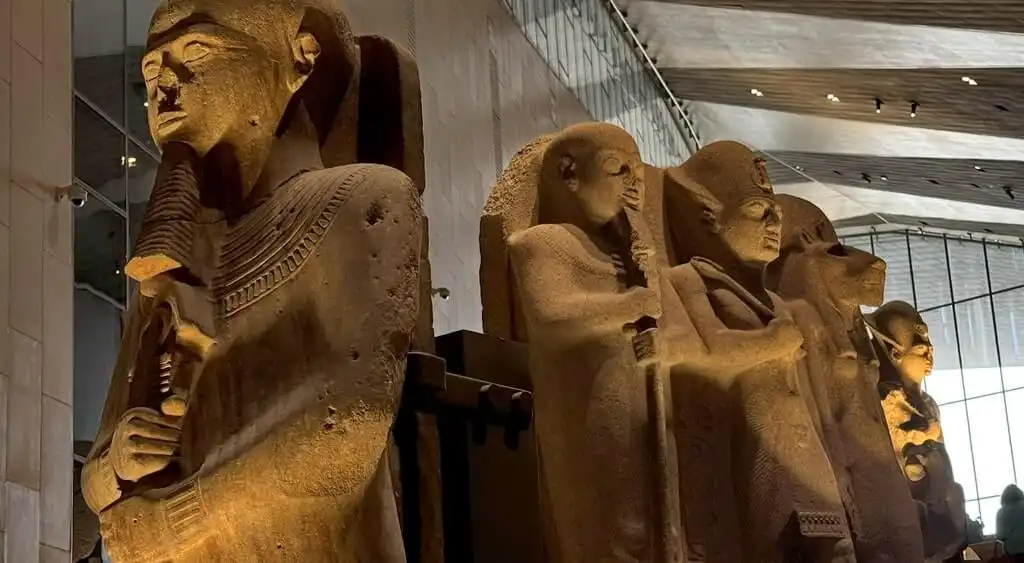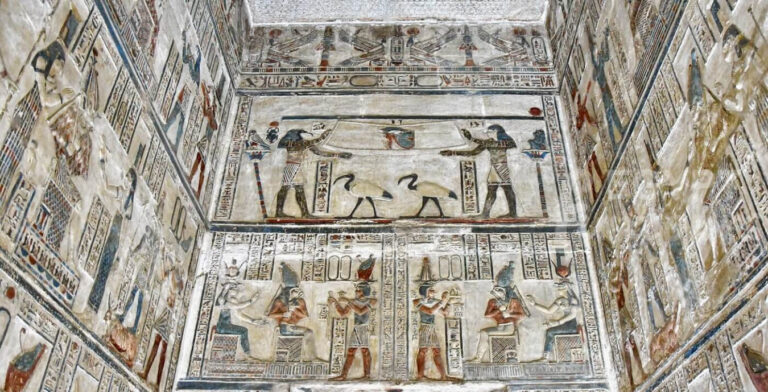The Fourth Pyramid of Giza
When examining the most impressive Grand Egyptian Museum facts, one stands out: this isn’t just a new building; it is the largest museum in the world. After years of anticipation, delays, and a budget that spiraled into the billions, the GEM has finally opened its doors, promising to be Egypt’s new crown jewel.
In this guide, we explore the staggering numbers, the architectural genius, and the decades-long journey behind this megaproject. From the 83-ton statue that greets you to the 100,000 artifacts waiting inside, here are the Grand Egyptian Museum facts that make the GEM a true modern miracle.
Key Takeaways
- World’s Largest: The biggest museum globally for a single civilization.
- Billion-Dollar Baby: A mega-project costing over $1 billion—double the initial $500 million estimate.
- Irish Design: Irish firm Heneghan Peng Architects designed the distinct “chamfered triangle” shape.
- King Tut’s New Home: Houses the complete collection of King Tut’s 5,000+ artifacts under one roof for the first time.






























